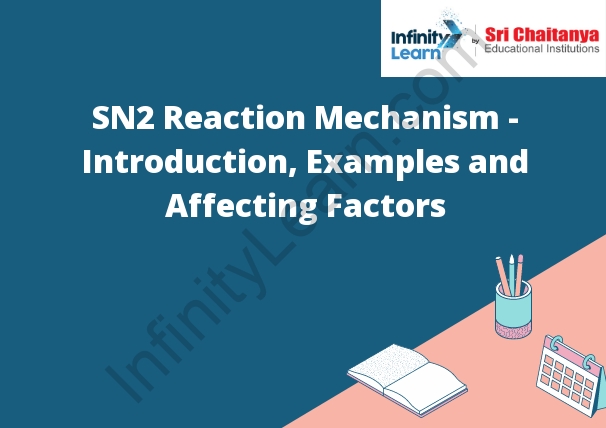Table of Contents
Introduction the mechanism of SN2 Reaction
The SN2 reaction is a type of nucleophilic substitution reaction. In this reaction, a nucleophile attacks a molecule’s carbon atom that is bonded to two other atoms. The nucleophile is generally a negatively charged molecule, and the other two atoms are typically a hydrogen atom and a halogen atom.
The SN2 reaction occurs in two steps. In the first step, the nucleophile attacks the carbon atom. This step is called the initiation step. In the second step, the halogen atom is ejected from the molecule. This step is called the propagation step.

Nucleophile
A nucleophile is a chemical species that donates an electron pair to an electron-deficient atom or molecule. In organic chemistry, nucleophiles are usually atoms or molecules that have an unfilled orbital.
SN2 Reaction
The SN2 reaction is a type of nucleophilic substitution reaction that occurs in organic chemistry. In this reaction, a nucleophile attacks a substrate molecule from the opposite side of the carbon atom that is bonded to the leaving group. This reaction usually occurs in the presence of an acid catalyst.
Stereochemistry of SN2 Reactions
The stereochemistry of an SN2 reaction depends on the relative orientation of the leaving group and the nucleophile. If the leaving group is oriented towards the nucleophile, the reaction is called a backside attack and the product will be achiral. If the leaving group is oriented away from the nucleophile, the reaction is called a frontside attack and the product will be chiral.






